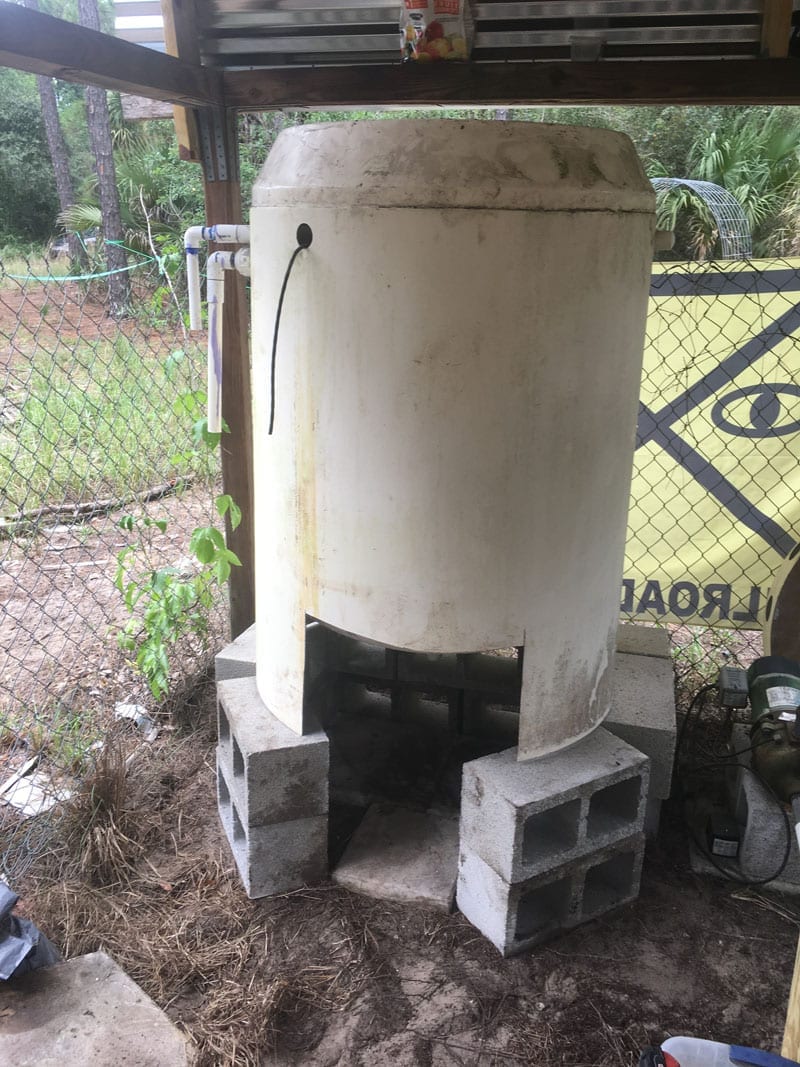
Flow-Through Worm Tower
Traditional worm bins are great to get "black gold" or worms castings left behind from our worms. Red wigglers (composting worms) head to the surface to feed. This means that they are always close to the top and required removing them to get to the "black gold" at the bottom.
The flow through method is simply illustrated to the right. The worm castings are always at the bottom, you just need to add about a foot of some newspaper, damp cardboard, peat moss in the bin. Then toss them old food scraps on the top about once a week. THe worms will then eat and break everything down over the next 3 months.
This is usually the time you'd take the top layer of castings off, sort out the worms, scoop the black gold, make sure there aren't many worms in it and replace you worms in a new bin to repeat the cycle.
The flow through method is way simpler, just add more newspaper, damp cardboard, peat moss to the top. Scrape the bottom to get the worm castings and continue feeding.
You now have less worms in your castings (remember, they like to go up to feed), you don't need to do any messy scooping and sorting, and your worms are happier because they had very minimal disturbance.
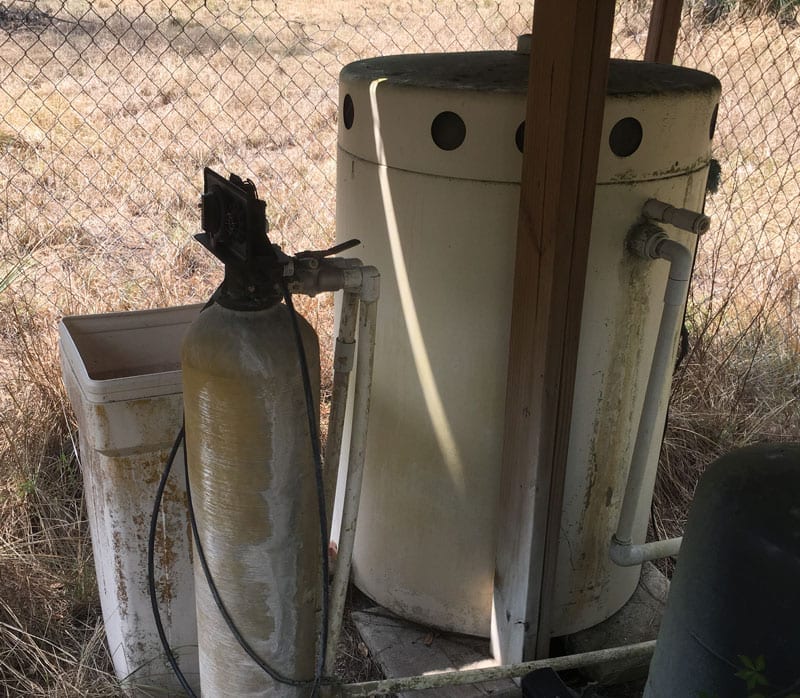
We found this old well water aeration tank that was used to remove the sulfur smell from the water. A perfect start to a tower, you can up-cycle anything in this shape to make yours. A trash can, a plastic drum, etc.
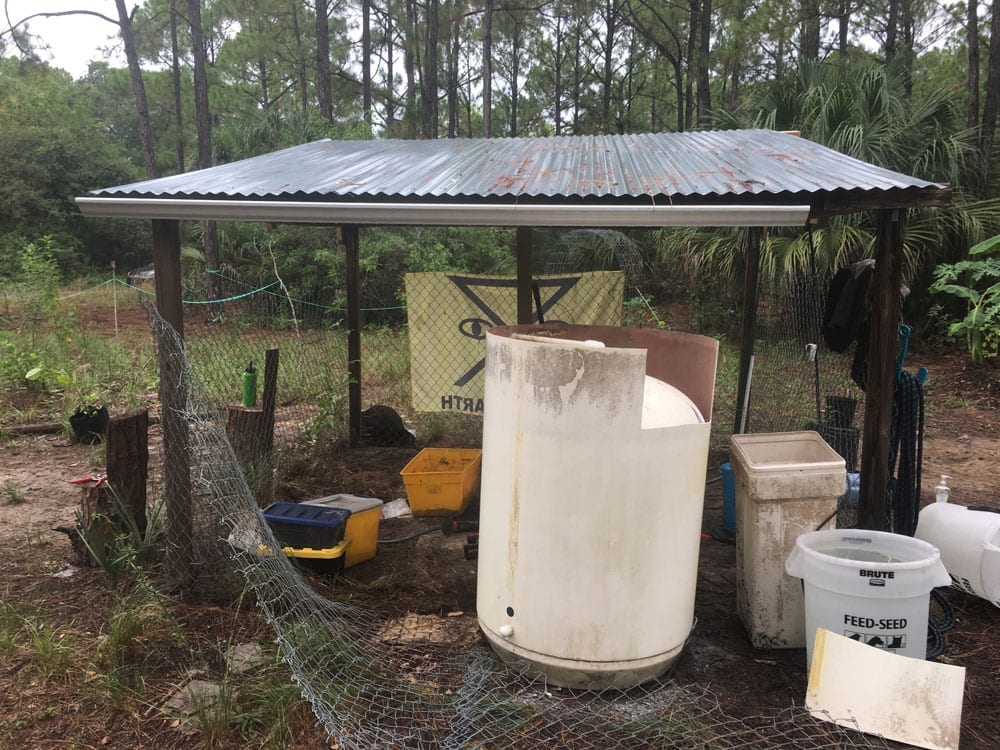
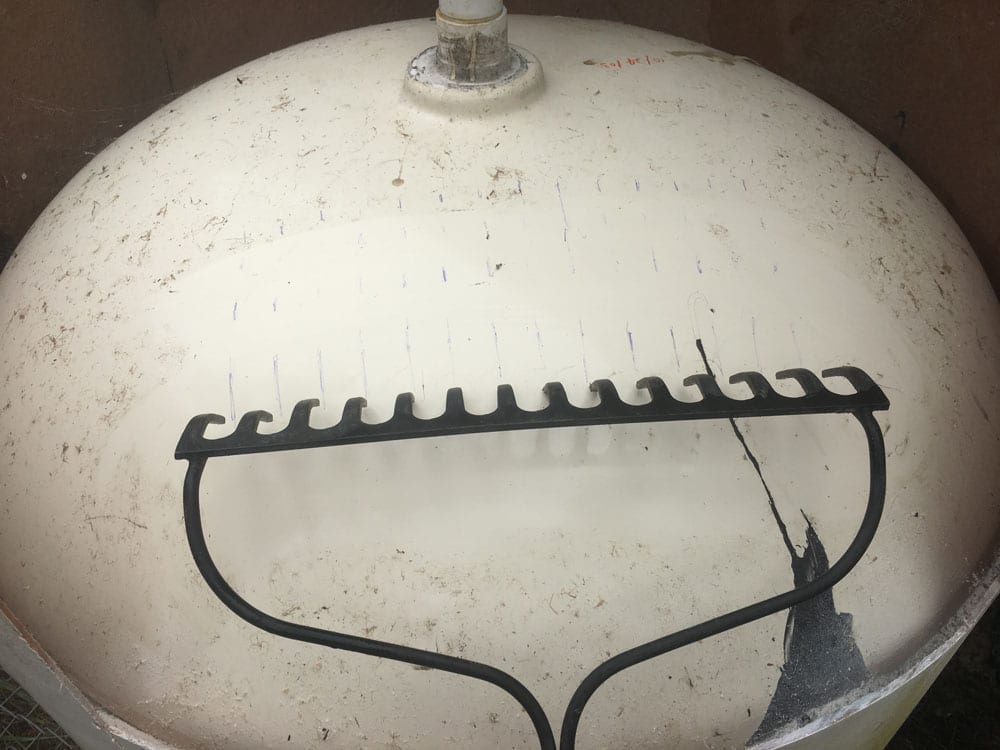
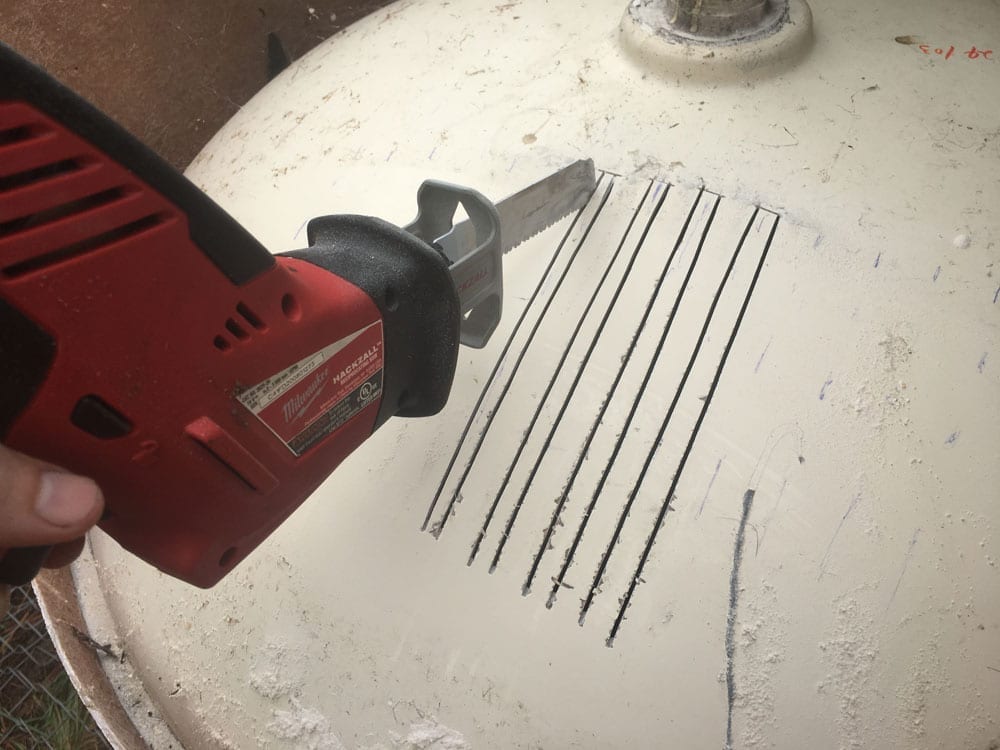
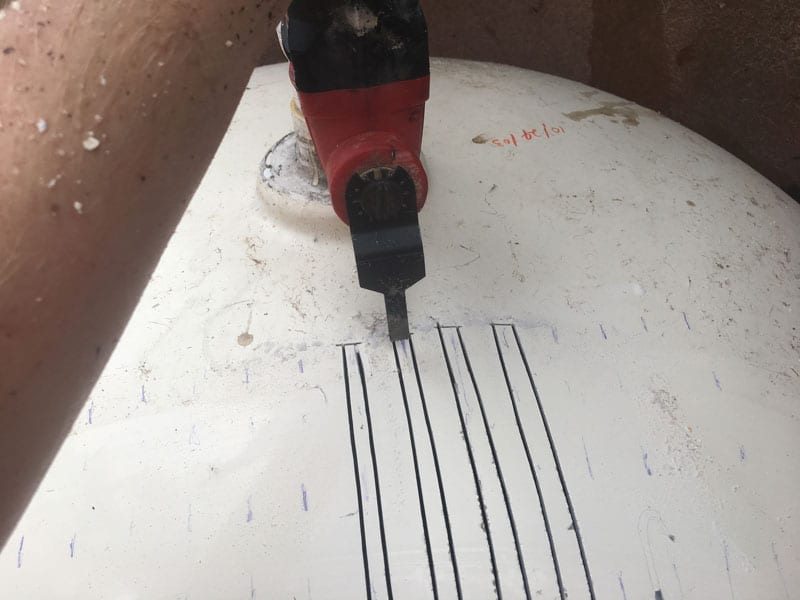

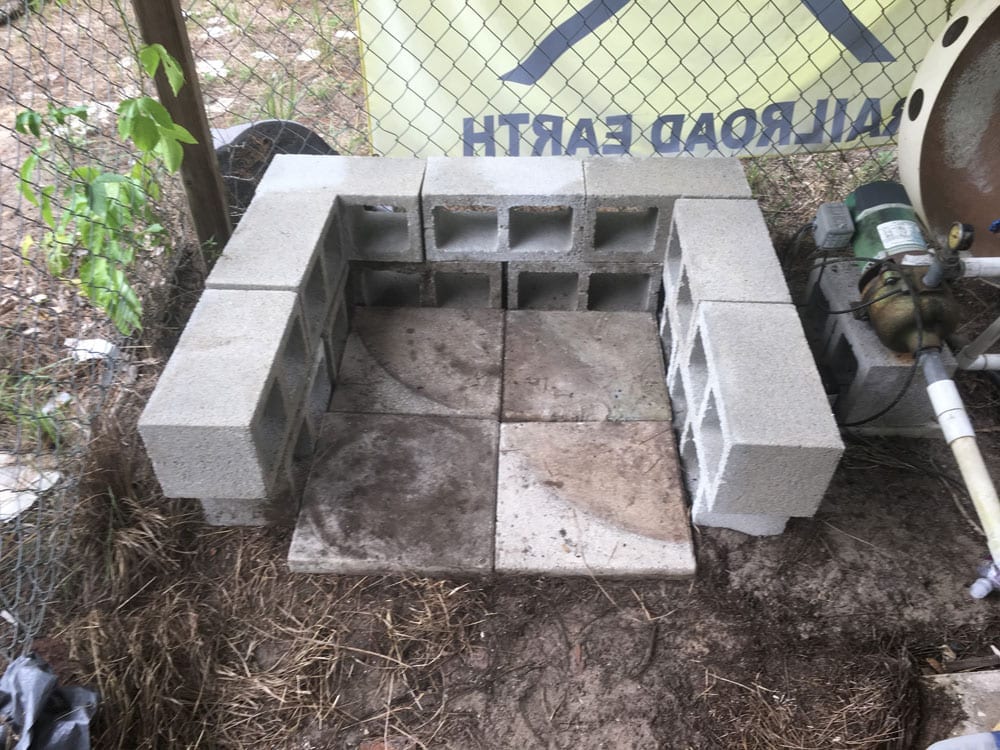

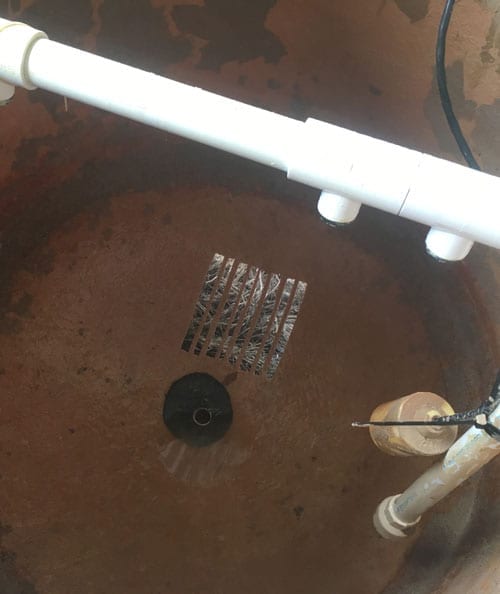
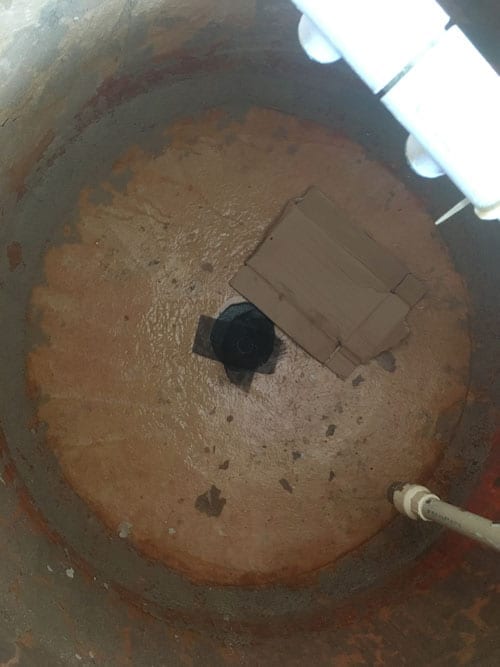


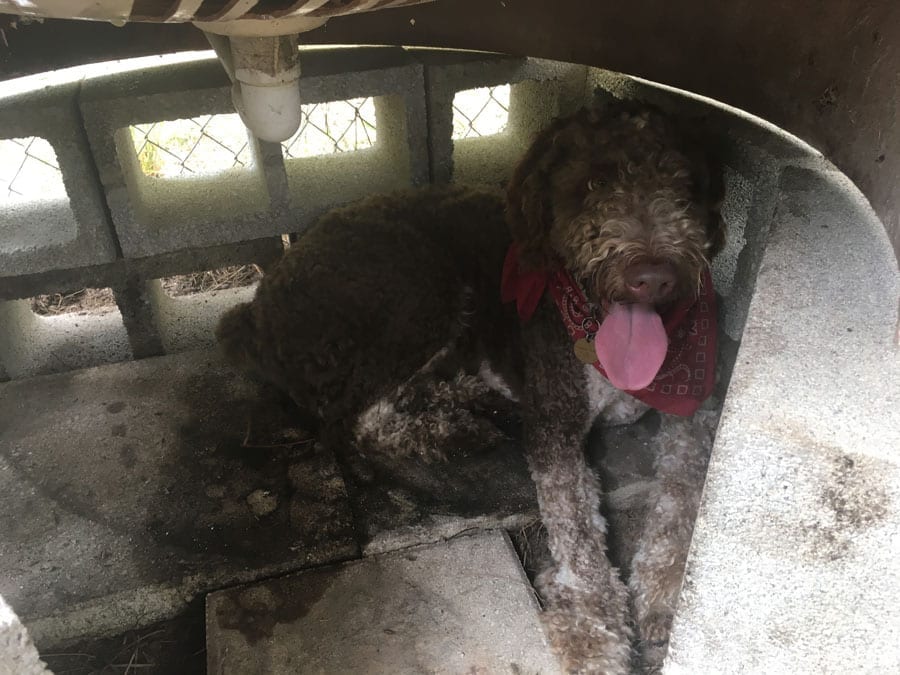
This cost is not added to your purchase, it is a percentage from Amazon for bringing people to their website for the transaction.
